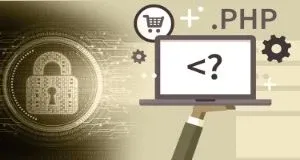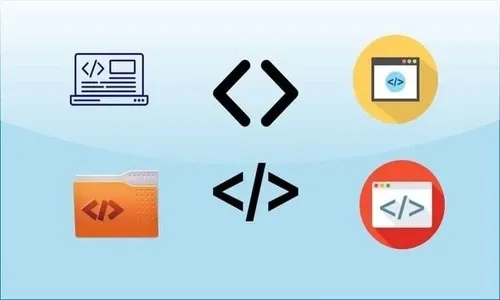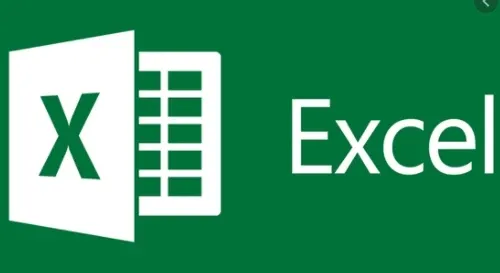



 Tech & IT
Tech & IT
 Business
Business
 Coding & Developer
Coding & Developer
 Finance & Accounting
Finance & Accounting
 Academics
Academics
 Office Applications
Office Applications
 Art & Design
Art & Design
 Marketing
Marketing
 Health & Wellness
Health & Wellness
 Sounds & Music
Sounds & Music
 Lifestyle
Lifestyle
 Photography
Photography
More Learnfly
Business Solution Become an InstructorValue Added Tax (VAT) is a consumption tax levied at each stage of the production and distribution chain. Businesses collect and remit VAT on their sales, with deductions for taxes paid on their purchases. It's designed to tax the value added to goods and services, promoting efficiency and fairness in taxation.












Learn more topics in various categories at one place. Explore unlimited courses in other categories and up-skill yourself today.

 Jazeb Akram
Jazeb Akram 4.2 769698 Beginner Level

 John Hedengren
John Hedengren 4.1 568108 All Level

 Ranjan Pandey
Ranjan Pandey 4.1 345840 All Level

 Pieter Vliegenthart
Pieter Vliegenthart 4.6 99993 All Level

 Muhammad Ahsan Pervaiz
Muhammad Ahsan Pervaiz 4.2 99751 All Level

 Jerome P.
Jerome P. 4.8 99498 All Level

 Senol Atac
Senol Atac 4.9 99059 All Level

 Vikas Munjal
Vikas Munjal 4.8 99028 Beginner Level

 Chandramouli Jayendran
Chandramouli Jayendran 4.9 98576 Beginner Level
Value Added Tax (VAT) is a consumption tax levied on the value added at each stage of the production and distribution chain. It is a type of indirect tax collected by businesses on behalf of the government and is ultimately borne by the end consumer.
VAT is important for governments as it provides a significant source of revenue. It is a fair and efficient way to tax consumption, and its multi-stage collection helps prevent tax evasion.
VAT is applied to the difference between a business's sales and its purchases (input and output tax). Businesses collect VAT on their sales and remit the tax they paid on their purchases, with the net amount being the tax liability to the government.
Key features include input tax credits, which allow businesses to offset the tax they paid on purchases against the tax they collect on sales, and the multi-stage collection, where tax is applied at each stage of the supply chain.
Consumers bear the final burden of VAT as it is included in the price of goods and services. Businesses act as tax collectors, and the VAT system provides them incentives for compliance while allowing them to recover tax paid on inputs.






